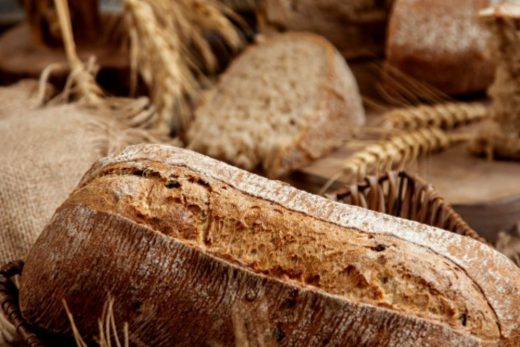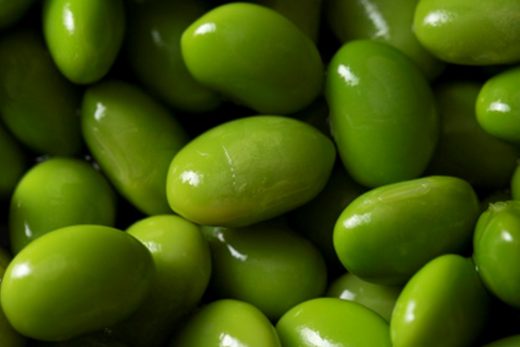A glass clamp jar with lemons and salt, the ingredients for making preserved lemons.
Clara Inés Schuhmacher
Originally, lemons were preserved for the same reason all things are preserved—to store and eat them past their season. Mary Ellen Snodgrass, author of the Encyclopedia of Kitchen History, traces their earliest reference to an 11th-century account of Arab Mediterranean cuisine (that is, cuisine from Algeria, Tunisia, and Morocco). An actual recipe surfaces in the 12th-century Egyptian treatise On Lemon, Its Drinking and Use, by the Arabic-speaking court physician Ibn Jumay. Jumay’s recipe, now some nine centuries old, is almost exactly the recipe of today. According to Toby Sonneman’s Lemon: A Global History, the recipe called for “slitting the fruit and filling the gashes with salt, then pressing them into a jar, covering with lemon juice and letting them ferment for weeks.”
Over the past thousand years, these salt-cured lemons have made a meandering journey north and west, joining the cuisines of Israel, Iran, Turkey, and India. But it wasn’t until far more recently that they began to appear in English-language cookbooks.





